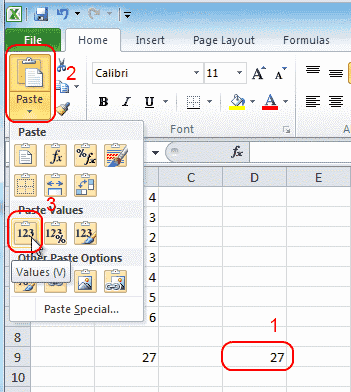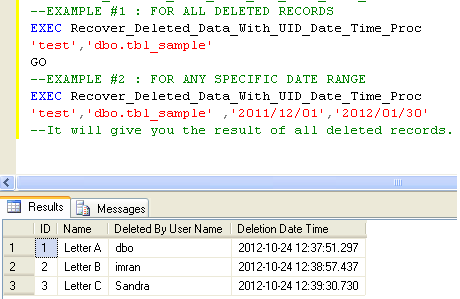
In this syntax, the statement inserts rows returned by the query into the target_table. However, you cannot insert into a table and select from the same table in a subquery. Einfügen mehrerer Zeilen.

Als Select-Anweisung ist jede beliebige Anweisung möglich, sofern die Zahl der Ausgabespalten mit der Zahl der Zielspalten sowie die Datentypen übereinstimmen. SQL HOME SQL Intro SQL Syntax SQL Select SQL Select Distinct SQL Where SQL An Or, Not SQL Order By SQL Insert Into SQL Null Values SQL Update SQL Delete SQL Select Top SQL Min and Max SQL Count, Avg, Sum SQL Like SQL Wildcards SQL In SQL Between SQL Aliases SQL Joins SQL Inner Join SQL Left Join SQL Right Join SQL Full Join SQL Self Join SQL Union SQL Group By SQL Having SQL Exists SQL Any. Database Administrators Stack Exchange is a question and answer site for database professionals who wish to improve their database skills and learn from others in the. For example: If the new table has a primary key or UNIQUE indexes. Befehl Befehle Daten einfügen anlegen Beispiel Beispiele.
Insert into Table2(fieldfield) select valuevalue. Primärschlüsselfelder anzufügen, andernfalls fügt das Microsoft Access-Datenbankmodul die Datensätze nicht an. Every now and again I see people getting confused by the similarities and missing the differences. So here is a quick check list.
Servus miteinadner, hab ein mittelschweres Problem, naja eigentlich nen schweres Ich bin was DB angeht eher unerfahren, mache daher vermutlich noch enorm viele Fehler. The newer values will not be inserted if an identical value already exists. In that case, ON DUPLICATE KEY UPDATE cannot be used. One can insert one or more rows specified by value expressions, or zero or more rows resulting from a query. RETURNING is only supported for VALUES inserts and – since version 2. In DSQL, a statement with a RETURNING clause always returns exactly one row.
If no record was actually inserte the fields in this row are all NULL. SELECT works for tables which already exist. This behaviour may change in a later version of Firebird. In PSQL, if no row was inserte nothing is returne and the receiving variables keep their existing values.
When you created a new table using CREATE TABLE statement, you defined default values for columns, or a NULL value if a default value is not specified. It inserts a new row into a table using the default values or NULL values of the column. Notice that the columns for which the values are not provided are filled by null. Which is the default values for those columns. Any columns in the target table that are omitted from the column list will have their default value or be NULL after the operation.
If columns listed in insert clause and select clause are same, they are not required to list them. In such a cases, values for all columns have to supply. We learned how to insert data into a table and how to select data from a table in the previous tutorials.
Feel free to check that out. This allows you to copy data from a table to another table. When you use the VALUES clause, the database inserts only a single row. The existing records in the target table are unaffected. There are two ways to insert values in a table.
In the first method there is no need to specify the column name where the data will be inserte you need only their values. Inserts into a table either a single row (Syntax 1) or a selection of rows (Syntax 2) from elsewhere in the current database. You specify values by using a SET clause or VALUES clause. You can also insert the rows resulting from a query.
INSERT statement Description. Oracle Database 19c for Windows has just been released. Need a hand getting up and running? Here is a walkthrough of the software installation, and here is how to get your first database cr.
In the example below, Sam would be added to the first column, M added to the second column, added to the third column and so on. Multiple VALUES clauses implies multiple rows to be added into the table. PostgreSQL provides a value for the serial column automatically so you do not and should not insert a value into the serial column.
Keine Kommentare:
Kommentar veröffentlichen
Hinweis: Nur ein Mitglied dieses Blogs kann Kommentare posten.